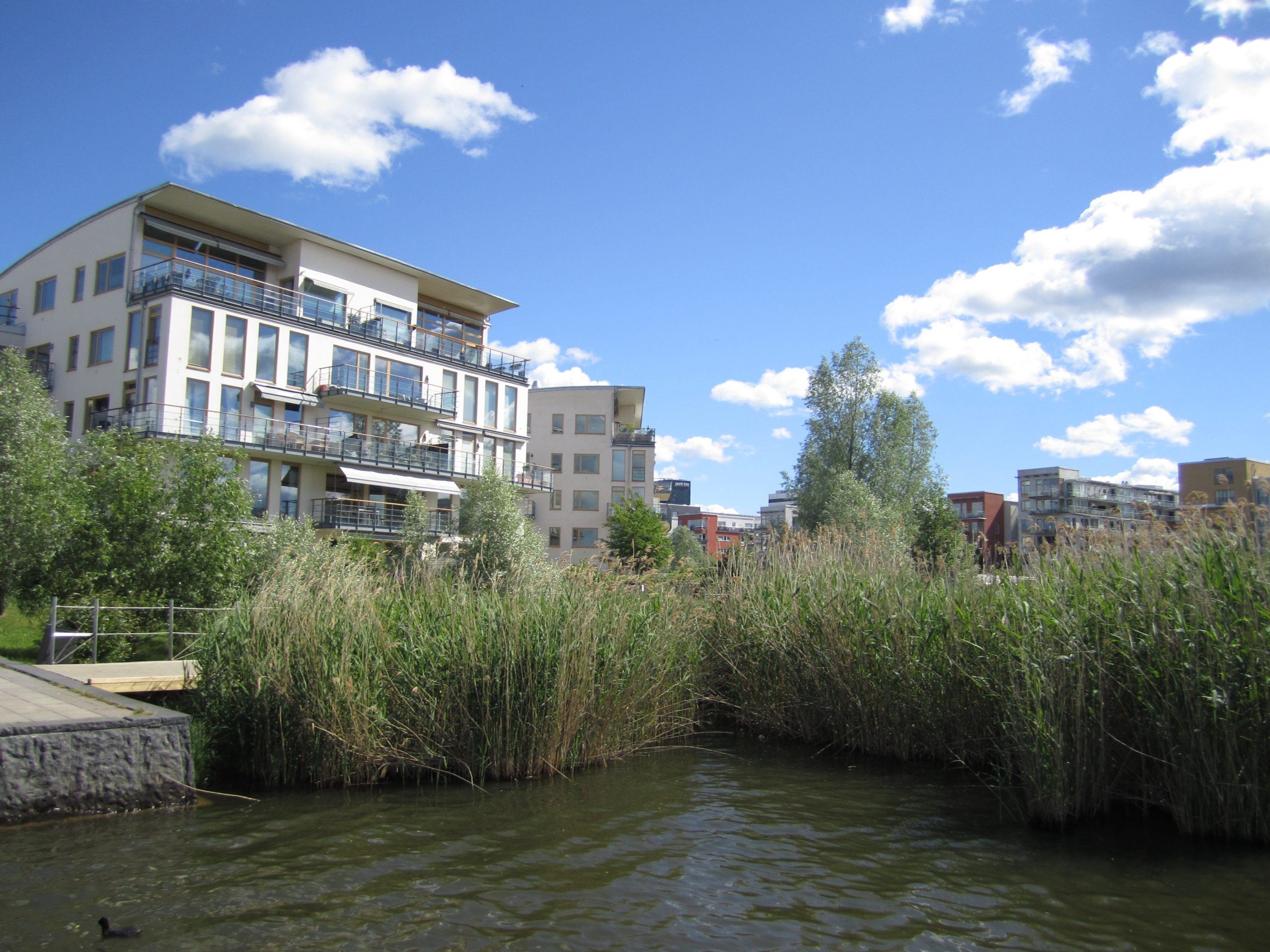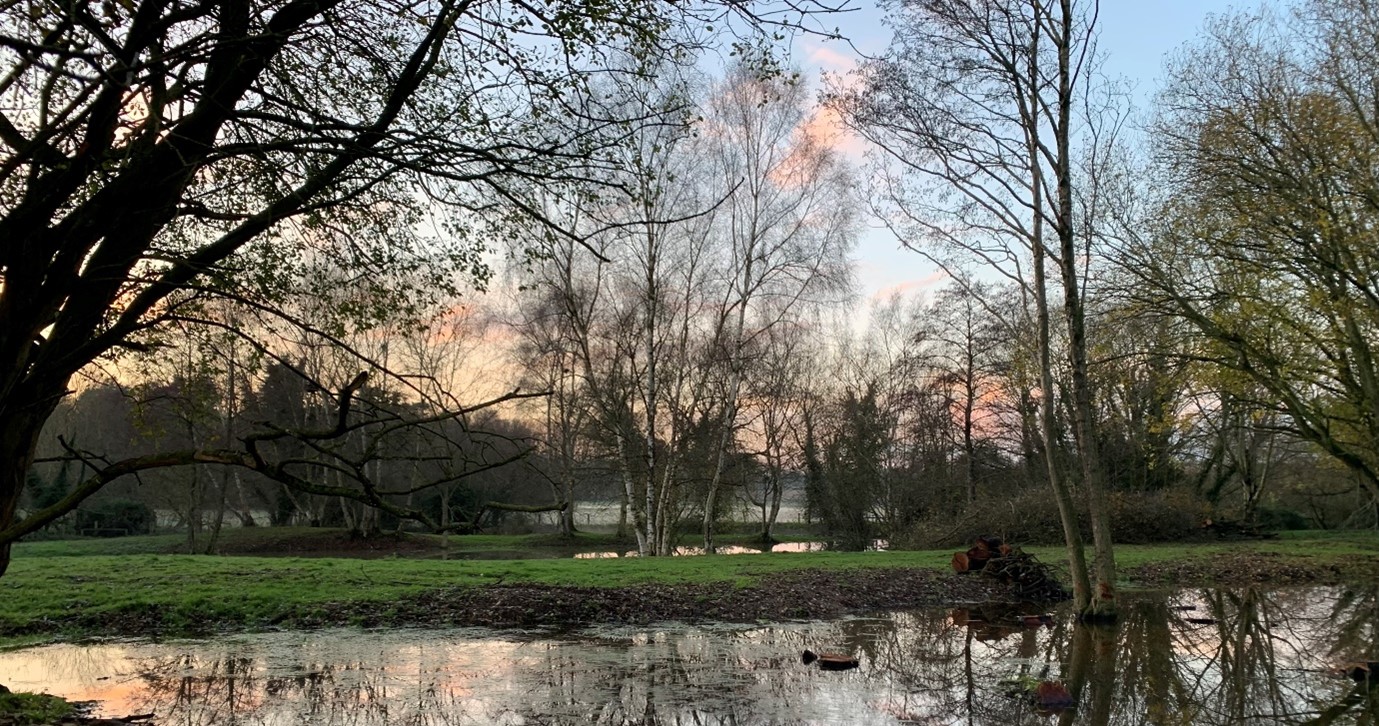To understand how impending biodiversity net gain (BNG) legislation will support growing confidence in nascent nature markets it is first important to understand what biodiversity units are, how they’re calculated, priced and sold. The example of BNG within the context of development provides a neat framework which can be applied to wider nature markets and the drivers of demand for biodiversity credits.
How are biodiversity units calculated?
In the context of Biodiversity Net Gain, units are calculated using the Natural England Biodiversity Metric 4.0. Both private landowners (farmers, land and estate owners) and commercial landowners (developers, institutions, utilities and commercial businesses) can generate biodiversity units. For a private landowner, this process involves an initial baseline calculation of available units, and identification of the habitats that will need to be created and managed to produce these units. Industry standard Habitat Management and Monitoring Plans are then drawn up to ensure these units are created in line with regulatory requirements, and that the 10% biodiversity uplift is sustained into the future post-development.
How are biodiversity units priced and sold?
Individual biodiversity units used to demonstrate 10% net gain are priced by local authorities, and are therefore driven by local demand from development. Units can be sold by landowners to developers via local planning authorities, through trading platforms or biodiversity/habitat brokers; or directly to developers.
In the first instance, developers are encouraged to demonstrate net gain on-site by investigating the number of units required for offsetting the project, and calculating the number of units available on-site. If net gain can be produced through the relevant Habitat Management and Monitoring Plan on-site, then no units will need to be purchased from a local planning authority. However where on-site 10% net gain is not possible, developers can purchase biodiversity units from the local planning authority – providing they give sufficient evidence of having attempted on-site net gain first.

What’s the difference between a BNG unit and a biodiversity credit?
If there are no units available to purchase from a local planning authority, the final resort for developers is to purchase statutory biodiversity credits from the Government – at a higher price. The concept of statutory credits was introduced to prevent the slowing down of development projects whilst there is pressure for additional housing, but also as a method of deterring developers from carrying out projects with a high environmental impact. Whilst BNG units are tied to local or regional habitats, statutory credits are more like a development tax by the Government who then use this money to manage and restore habitats elsewhere across the country.
How does BNG framework apply to the wider nature marketplace?
Whilst the development industry drives demand for BNG units, other business operations are beginning to drive demand for biodiversity credits to be created using a similar framework. The new Taskforce for Nature-based Financial Disclosures (TNFD) is encouraging businesses to measure and mitigate their biodiversity footprint. Much like small and large corporations are being required to calculate and offset their carbon emissions through the purchase of high-integrity carbon credits, these same businesses are now being required to measure the impact of their operations on biodiversity.
This might be because their supply chains are reliant upon ecosystems which provide them with their raw materials, and therefore their product is at risk of ongoing biodiversity loss. Or, it may be that investors and stakeholders are scrutinising the environmental impact of the business – most commonly assessed using Environmental, Social and Governance (ESG) scores. Whatever the reason, businesses are beginning to drive an increase in demand for biodiversity credits which they purchase to offset their impact when ‘no net loss’ or net gain cannot be inset into operations and supply chains. So, as BNG pilot schemes start to succeed, so the wider framework of biodiversity unit or credit creation, management and sale for offsetting impact becomes more established.

Photo of Wendling Beck Nature Restoration Project taken from DEFRA, credit: Glenn Anderson
Can BNG support enhanced confidence in nature markets?
It goes without saying that the proof of concept is required and strict regulation will be essential for both validating demonstrated net gain and offsetting, as well as for credit and unit pricing. BNG is not a silver bullet for resolving the UK’s biodiversity crisis and is likely to only form a small part of these emerging nature markets, but it is paving the way for other offsetting mechanisms which in turn will generate greater confidence in them.
This trust can also be boosted by the legal and regulatory alignment with BNG which provides a regulatory foundation for the biodiversity credit market, ensuring consistency and compliance with existing legal requirements and enhancing trust and transparency.
It is imperative that this confidence is nurtured and sustained in order to encourage the flow of funds from private sector into nature restoration projects to mitigate the environmental impact of the commercial sector, and ultimately reverse biodiversity loss.

